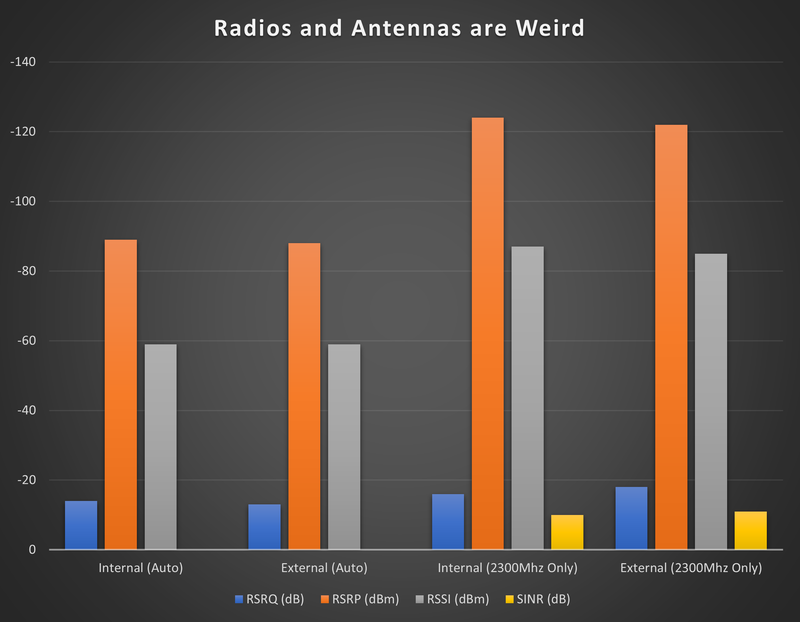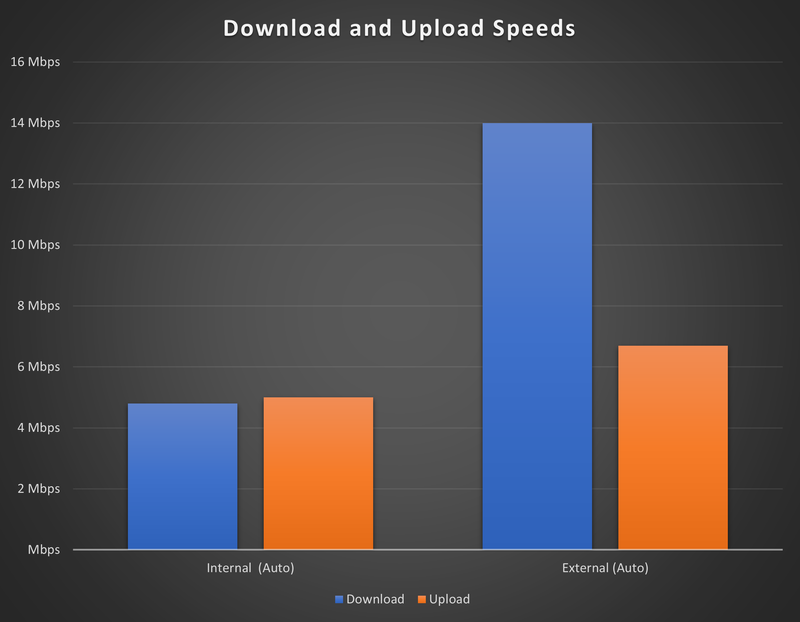4G Antenna Fun
I’ve been running Optus 4G as my primary internet connections for over a year now and most of the time it’s been fine.
This week the 2300Mhz band appeared to go down on my local tower, causing my modems to connect to another tower further away (I think). The performance was horrible and unusable.
Letting the modem decide what band to use resulted in it using 700Mhz (which honestly I didn’t know Optus even supported until I started writing this down). While it worked, it wasn’t great. I was getting about 5Mbps and latency spikes, but good enough to get stuff done.
I had a brilliant idea to get a higher gain antenna and see if I could improve my connection to this new tower so I purchased two DMM-7-38 Panorama Antennas.
Check out the amazing results on my B525 modems:

So that doesn’t look good. No difference.
I thought I was being all clever looking at the raw data, and concluded that I’d wasted my time and money. But then just ran a simple speed test using Fast

Okay, that’s more promising, how about 2300Mhz? Nope, no go, couldn’t even get DNS to work this time when connected on the 2300Mhz band.
So what does that mean?
- The Panorama antenna is good at 700Mhz but useless at 2300Mhz?
- The Modem lies about some of it’s stats?
- There’s more to high quality connection than those stats?
- 4G fluctuates too much that testing itself is unreliable?
- I need to make (or buy) some 2300Mhz Yagi Uda’s and investigate more?
I already don’t understand HF antennas, I don’t want to start not understanding UHF antennas too.
